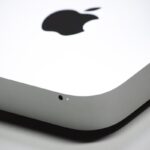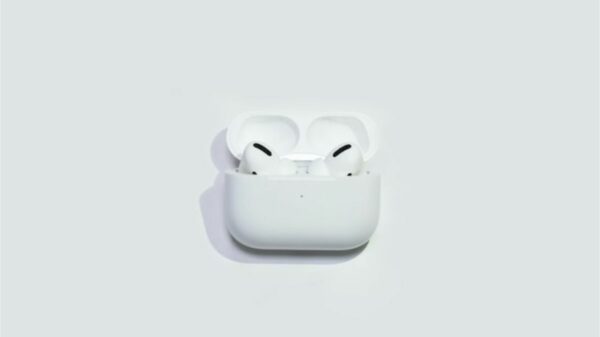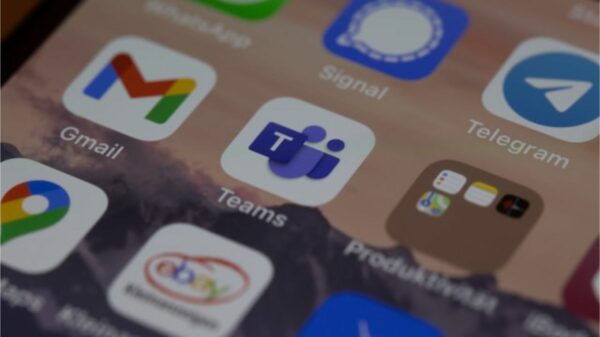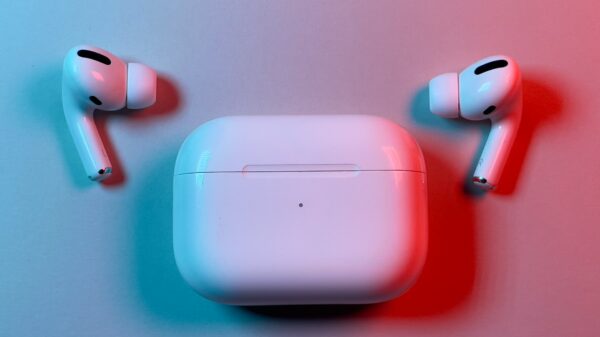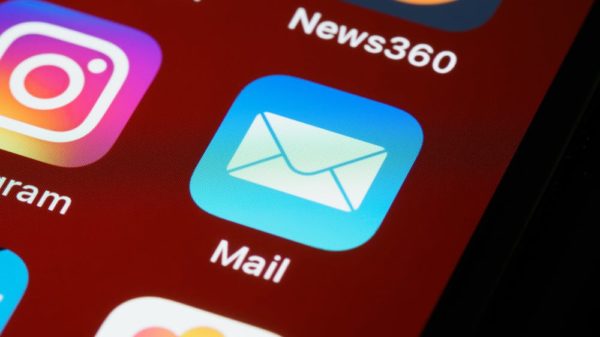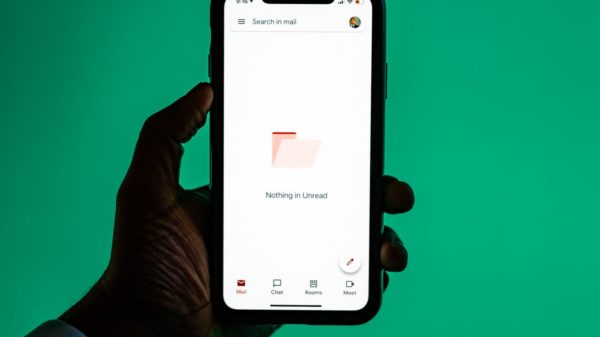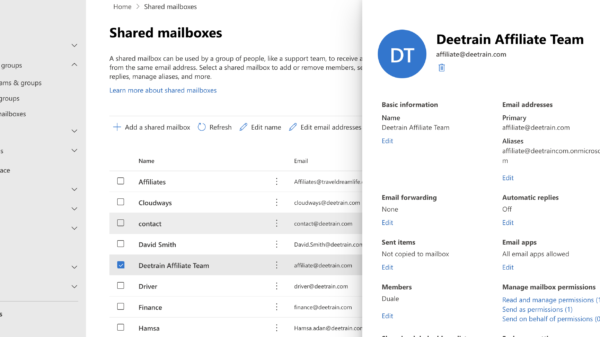Understanding the differences between macOS and IOS operating systems has been difficult for many to understand in recent years.
Generally, macOS is designed for operating systems for Macintosh computers whereas IOS is designed for mobile operating systems exclusively for hardware. With iOS devices you’re able to manipulate the screen with your fingers but it is not the same with Macintosh computers.
There is so much more to discuss in this post through understanding the major concepts with macOS and IOS. Let’s take a further look.
What is macOS
To understand the differences between both operating systems it is imperative to understand what they are and how they serve their respected audiences.
macOS is known to be an operating system that is designed by Apple. It is the operating system for all Apple’s Mac desktops and laptops. It has also been reported to be the second most used machine after Windows.
macOS is compatible with all Apple devices and has the ability to sync with iCloud to keep photos, documents, and other aspects up to date on all of your devices in real-time.
What is iOS
iOS is a mobile-based operating system that is developed by Apple. Unlike macOS, it is used solely for mobile devices and the primary method of interacting with the device is by touch. In short, it’s a mobile operating used for iPhone devices and most recently iPads.
Differences Between macOS and iOS
Both iOS and macOS are completely different from each other as they both use different operating systems. One of the most obvious and key differences is that macOS is designed for desktops and laptop computers where you would usually plug your mouse and keyboard.
iOS is a mobile operating system that has was created by Apple mainly for its hardware. IOS is common across all iPhones.
There is a clear pattern with IOS and OSX with new features that Apple offers.
macOS and iOS user interfaces are completely different
Whilst using macOS and iOS if you’re an Apple geek like myself, you tend not to realize the actual differences between both operating systems. If you want to get really techy, iOS was built for the sole purpose of touch so that and there
– macOS Will Never Merge With iOS devices
One of the key things to understand is one of Apple’s statements that they will never merge their iOS and macOS primarily because they serve two completely separate audiences.
Apple has mentioned various times that merging both operating systems would cause more issues than solutions. Apple’s plan is to serve both audiences completely different and that they have two sets of different purposes for this matter.
People tend to believe that they would both merge both operating systems into one and this is a flawed notion. This is because Apple would need to terminate both categories and come up with one master.
We’re quite proud of the fact that we work really, really hard to create the best products in their respective category
Greg Joswiak
The statement above affirms the position of Apple as they have no plans to merge both platforms and to also confirm they have the best products in the market on two separate platforms and if they did change it into one platform it would cause havoc and confusion in the Apple community.
If you are also interested in different topics around Apple products, then you can check out the latest Airpods post, which device is faster the iPhone or Android, is the MacBook Pro is actually worth it, or maybe whether Macs or Windows last longer?
– Apple updates macOS Operating Systems Every year
Apple updates its operating systems at least once a year because it provides the latest features, security patches, and bug fixes. This is crucial to do every
macOS version table – to get the latest update, install the latest Apple software update
macOS | Latest version |
|---|---|
| macOS Monterey | 12.0.1 |
| macOS Big Sur | 11.6.1 |
| macOS Catalina | 10.15.7 |
| macOS Mojave | 10.14.6 |
| macOS High Sierra | 10.13.6 |
| macOS Sierra | 10.12.6 |
| OS X El Capitan | 10.11.6 |
| OS X Yosemite | 10.10.5 |
| OS X Mavericks | 10.9.5 |
| OS X Mountain Lion | 10.8.5 |
| OS X Lion | 10.7.5 |
| Mac OS X Snow Leopard | 10.6.8 |
| Mac OS X Leopard | 10.5.8 |
| Mac OS X Tiger | 10.4.11 |
| Mac OS X Panther | 10.3.9 |
| Mac OS X Jaguar | 10.2.8 |
| Mac OS X Puma | 10.1.5 |
| Mac OS X Cheetah | 10.0.4 |
macOS benefits
One of the benefits of having macOS is that it is completely free and it is regularly updated by Apple at least every year. Unlike other operating systems such as Windows 10, a license is required for the usage which is one of the major advantages for mac operating systems.
macOS is very easy to use and everything is self-explantory
macOS is also designed in such a way that it is very simple to use which requires little to no documentation for the end-user. The apps can be directly downloaded from the app store (similar to installing apps on iOS/iPad), or alternatively can be downloaded directly from the internet.
It has been proven that apple also ensures the privacy and security of its users very seriously and has taken measures in place to ensure macs are not easy to hack. I have spoken at length on this topic so be sure to read it here.
Macs have the same level of vulnerability as Windows
There is also a misconception that macs are more secure than Windows – which is not exactly the case.
In accordance with Kaspersky Lab, though macOS and Windows PC have done a good job with updating their operating systems, they are still both vulnerable to web threats and cyber-attacks.
Because of the popularity of Macs, they are more prone to be targeted by cybercriminals and therefore you see an overwhelming increase of Mac users being attacked. These are major key takeaways:
- You’re not safe of hackers because your using a mac – The increase of Mac focused cyber threats has made many mac users question the security of macs.
- Popular Platforms are more likely to be targeted – It has proven that cybercriminal
So, how can I protect myself from these hackers?
One of the most important ways in protecting yourself is by leveraging antivirus software which would in turn increase your security levels. This would be in your best interest in maximizing the highest level of security to avoid such attacks.
- Virus protection – cybercriminals often hack machines and infect them wit viruses and other forms of malwares. Virus protection ensures that you are protected you from this by detecting and removing these malwares before they can even reach your computer.
- Spyware protection – spyware is another classic way that cybercriminals tend to target which is the method by stealing confidential information stored on your computer. These includes credit card, passwords, any other important information. Spyware protects you from these through automated means.
- Web & Spam protection – whenever you land on untrusty sites, cybercriminals tend to gather all of the information you stored on the web which includes passwords and credit card details. To avoid this attack on the web, this antivirus software does the job for you and gets rid of it, so you can feel much free in surfing around the web.
- Firewalls Implementation – by default most antivirus software has one element or another fireware feature placed with them.
How often does iOS have an update?
iOS devices often update every year which is the same as macOS. Apple devices implement emergency software patches when there is a critical vulnerability or when t
While the original iPhone and the iPhone 3G received two major iOS updates, later models have typically gotten software updates for five to six years
Wrapping up
One of the biggest difference between macos and iOS is their interface. Evidently, macOS is designed for desktop which involves using a keyboard and mouse as the primaryw ay of interfacing. iOS is predominantly designed for mobile devices where there is a touch screen as the primary way of interacting with the device.
It is known that iOS shared some of the security features of OS X and it is known that most application can be restracted in the files and system resource that is trying to be accessed. However, these are the fundamental differences between macOS and iOS devices but they inherently have the same features and have different use cases.


